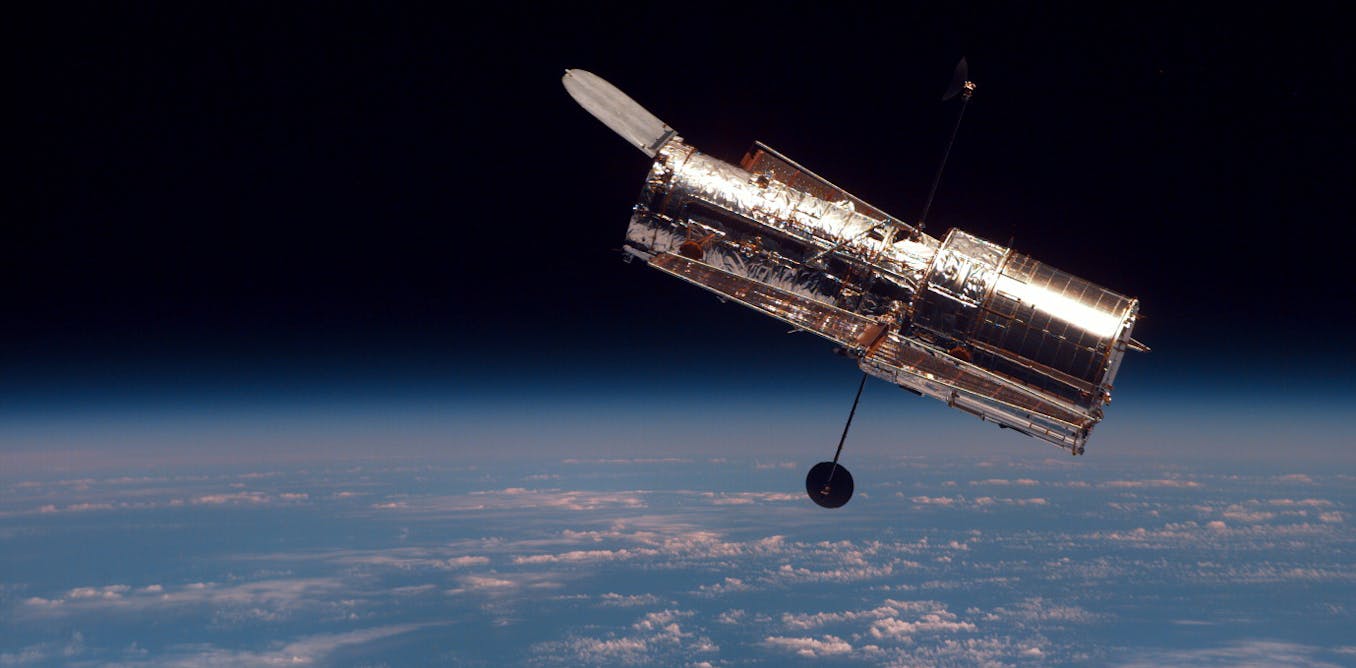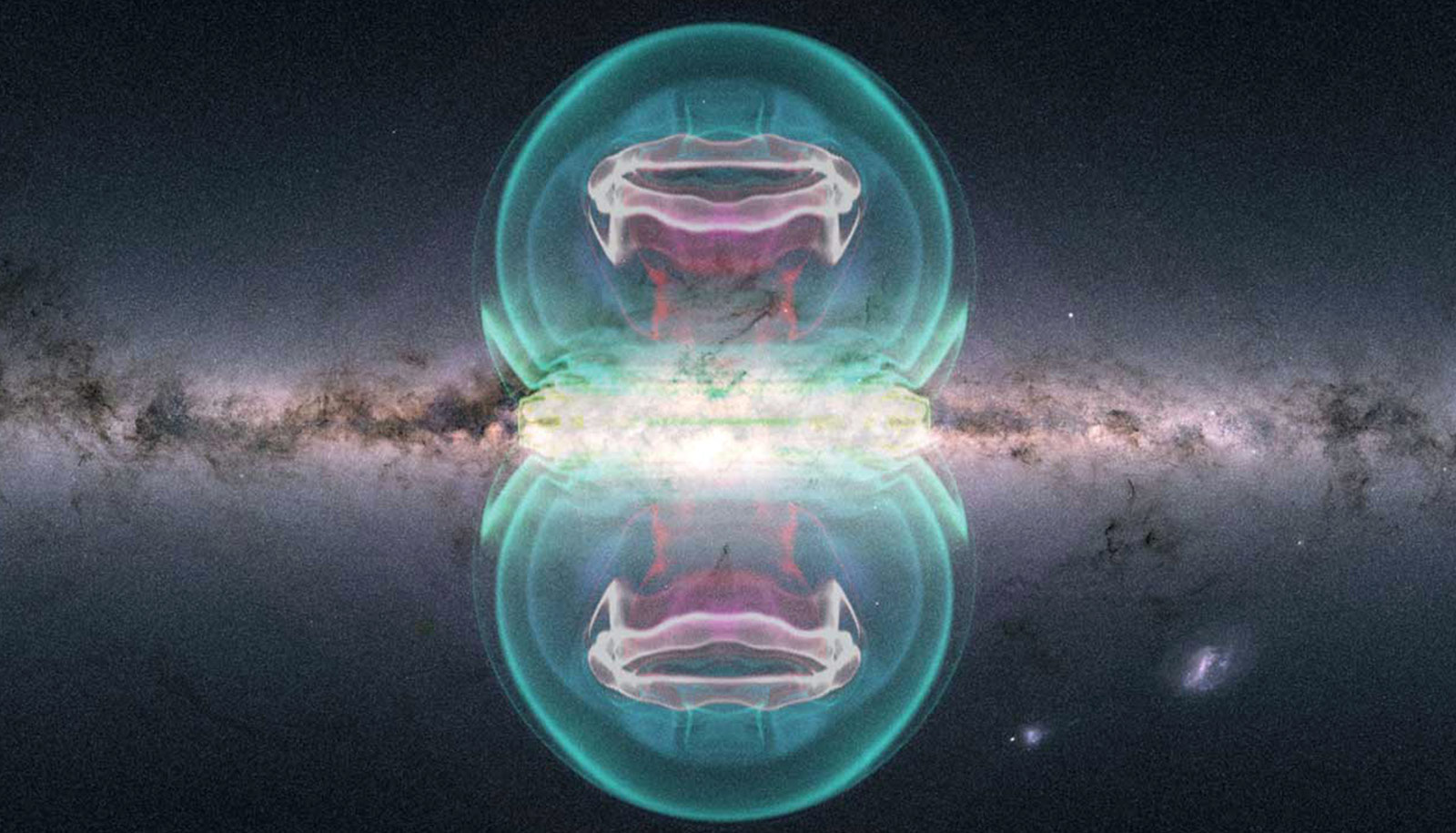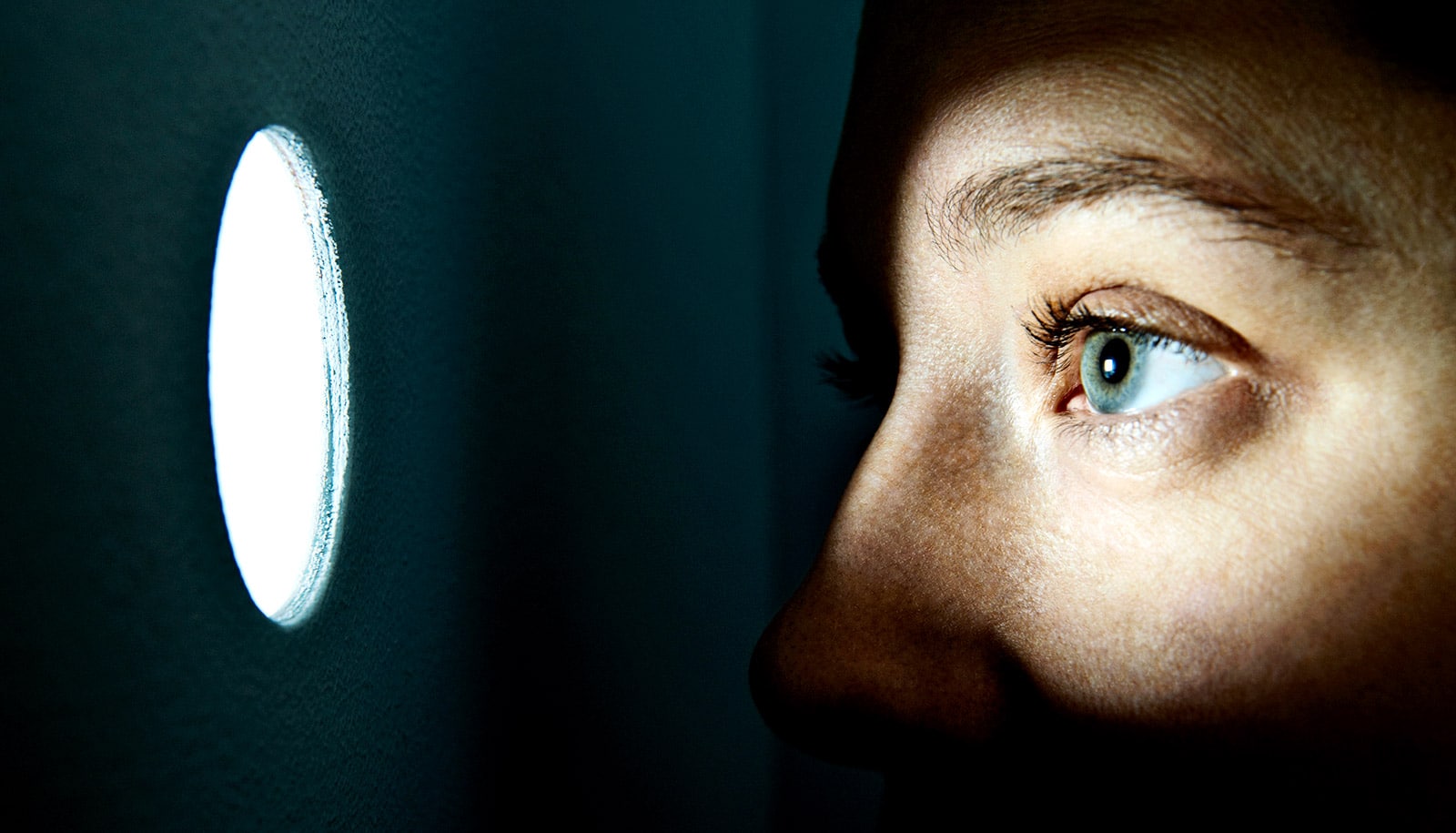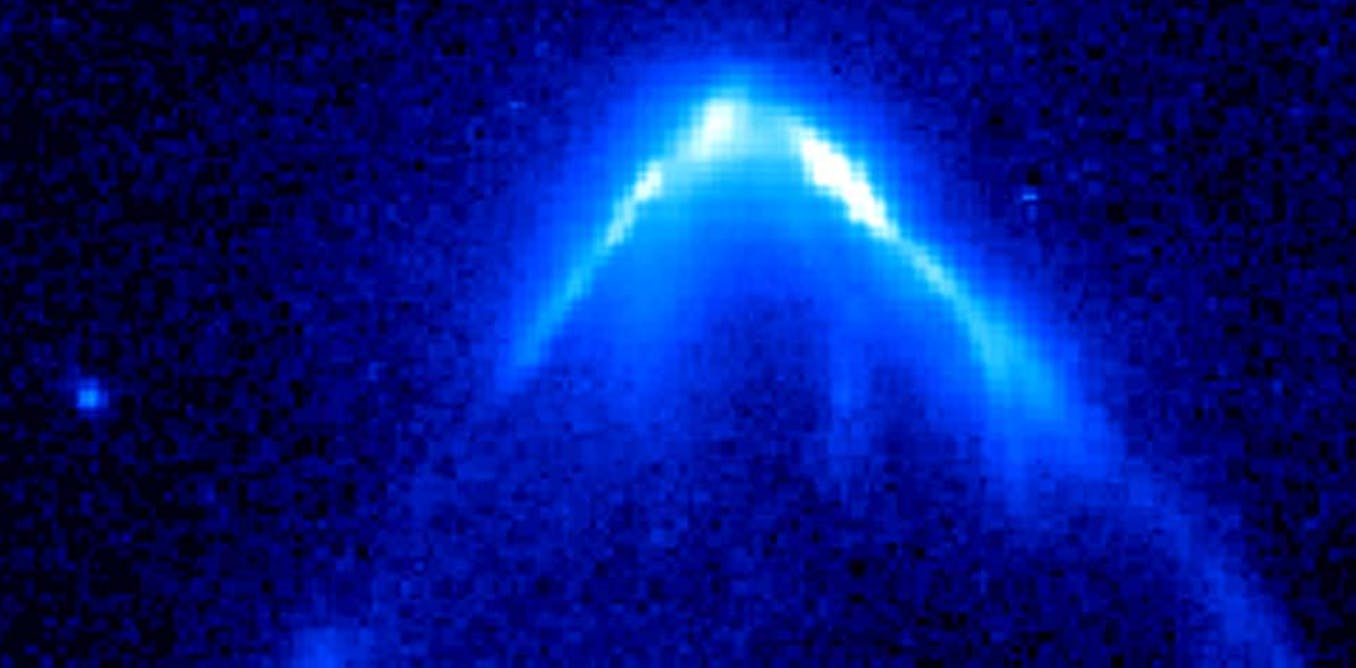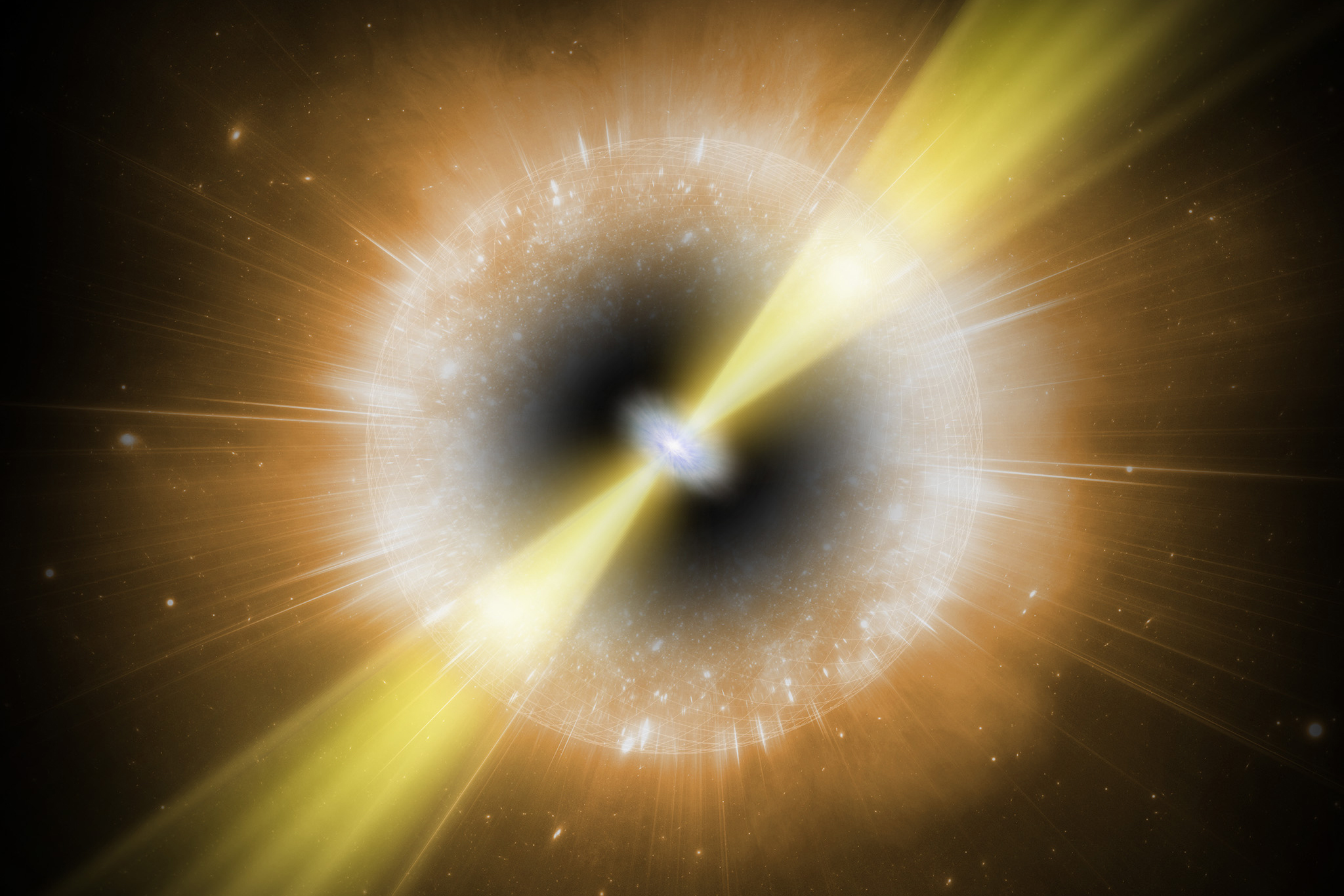Astronomy's 10-year wish list: Big money, bigger telescopes and the biggest questions in science
The astronomy and astrophysics decadal survey for the 2020s lays out plans to search for life on distant planets, understand the formation of galaxies and solve deep mysteries of physics.
March 28, 2022 • ~9 min

